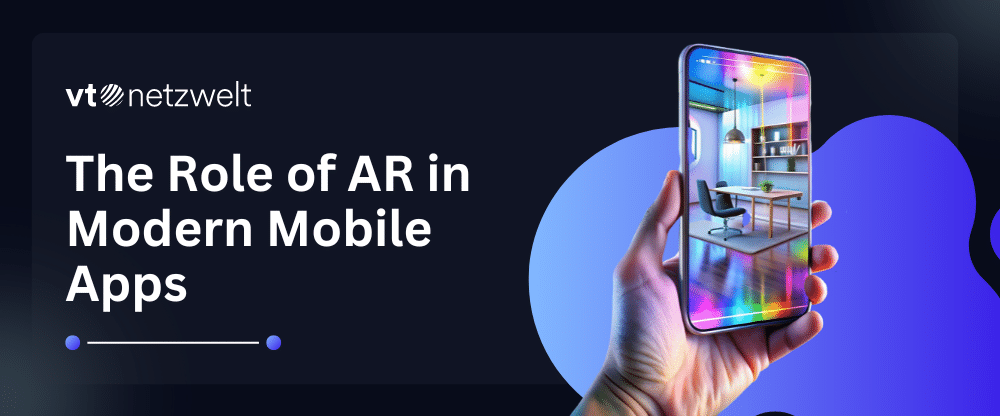Summary of the Article
Have a project in mind?
Schedule a CallThe Role of AR in Modern Mobile Apps:
Summary of the Article
The mobile app landscape is constantly evolving, and augmented reality (AR) plays a key role in shaping the future of user experiences. This blog explores the exciting advancements in AR technology and its potential to attract and engage users in innovative ways, drawing upon our own experiences in developing AR apps.
Embracing the Transformative Power of Technology
We believe that technological advancements are the cornerstone of providing unique and engaging experiences for mobile app users. By constantly innovating and utilizing the latest AR tools and capabilities, developers can create apps that stand out from the crowd.
Our Journey with AR Development:
We’ve actively explored the possibilities of AR in mobile apps. Some of our notable projects include:
-
“Remove objects from Room”: This app leverages the #Room Plan SDK that uses #LIDAR technology) to enable users to virtually remove unwanted objects from their real-world surroundings, aided by a 3D floor plan.
-
“Tic Tac Toe”: This multiplayer game utilizes AR to overlay the game board onto the user’s physical environment, creating a truly immersive experience.
Challenges and Successes in AR Development:
Our foray into AR development has brought valuable insights into the unique challenges and rewards associated with this technology.
Challenges:
-
Limited Resources: As AR is still emerging, there are fewer reliable resources and information compared to more established technologies. This requires developers to conduct extensive research and possess a deep understanding of AR concepts and methods.
-
Technical Hurdles: Certain tasks, like creating objects with precise placement or syncing virtual objects in multiplayer games, presented technical challenges that required innovative solutions.
-
Performance Optimization: Ensuring smooth performance and minimizing latency for a seamless user experience was a key focus, particularly in the “Tic Tac Toe” game.
Successes:
-
Self-Learning and Deep Diving: The process of overcoming challenges fostered deeper understanding and expertise in AR technology, paving the way for future advancements.
-
Achieving Desired Results: Witnessing the successful implementation of AR features and positive user feedback served as a significant reward for our dedicated efforts.
Designing for User Engagement:
User experience is paramount in our approach to AR integration. We believe that AR features should:
-
Be Intuitive and User-Friendly: The user interface should be simple, enabling users to interact with AR elements seamlessly.
-
Resonate with User Expectations: We strive to align AR features with users’ anticipated experiences and ensure they deliver on the promised value proposition
-
Drive Engagement: AR’s inherent interactivity naturally fosters user engagement, making the app more enjoyable and memorable.
Case Studies:
Case Study 1: Remove objects from Room App
Challenge: Users often struggle to visualize how a room would look without unwanted furniture or decor. Traditional solutions, like 2D-floor plans, lacked the necessary immersion and intuitiveness.
Solution: We developed the “Remove objects from Room” app using the Room Plan SDK. This AR-powered app allows users to scan their real-world environment and virtually remove unwanted objects, visualizing the space with newfound clarity.
Tech Under the Hood: Decoding AR Development
Before showcasing the magic of virtually removing furniture from your room, but have you ever wondered what makes it tick? In this blog, we’ll lift the veil and examine some of the crucial code fragments that drive this immersive experience. Watch as we use the Room Plan SDK to create visually stunning 3D content—all made possible by the magic of code!
Initialise the ARView with ARWorldMap and set up the ARSCNView in the following callback of ARSessionDelegate:

Extract Room Plan model components:


The Apple Room Plan SDK does not directly provide functionality for removing objects from a 3D model. Its primary purpose is to create a 3D floor plan of a real-world environment using LiDAR and camera data on iPhone and iPad devices. It can identify and capture elements like walls, doors, windows, and furniture, but it doesn’t offer manipulation tools for those elements within the captured model.
However, the desired functionality of removing objects from the 3D model by combining the Room Plan SDK with other tools and approaches has been achieved by our developers and unveiling the same in the following screenshots.
AR Magic: Witness the Transformation Before Your Eyes!
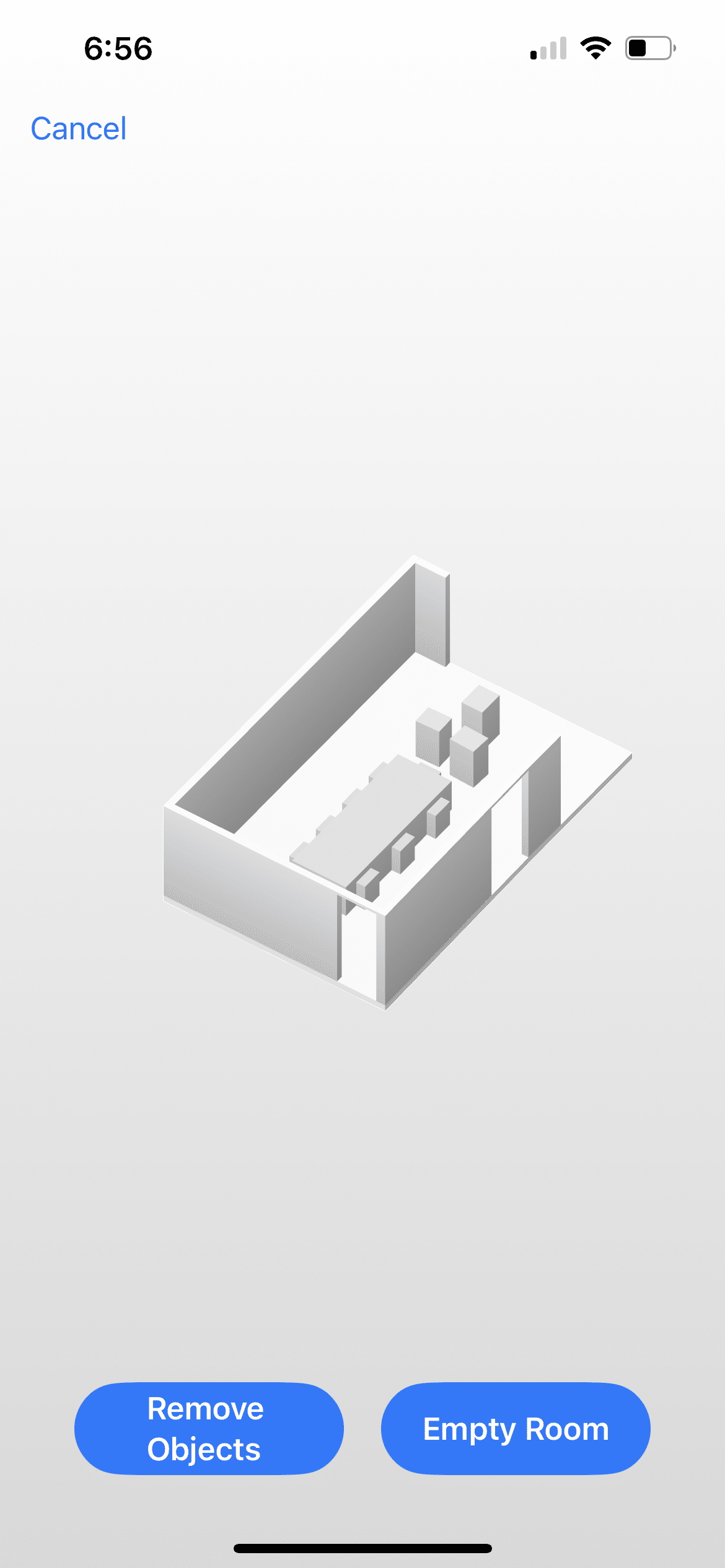
Room view
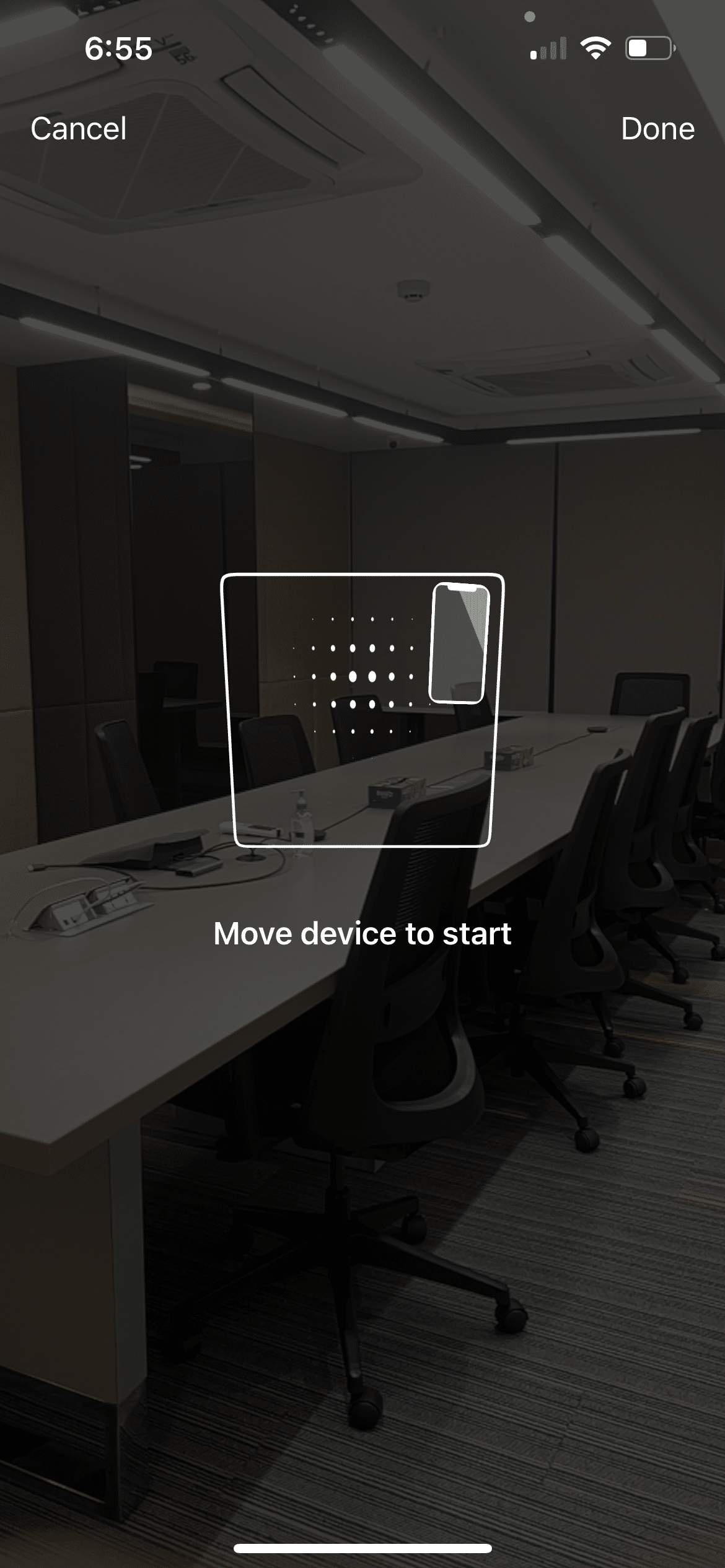
3D Model of Room using Room Plan SDK
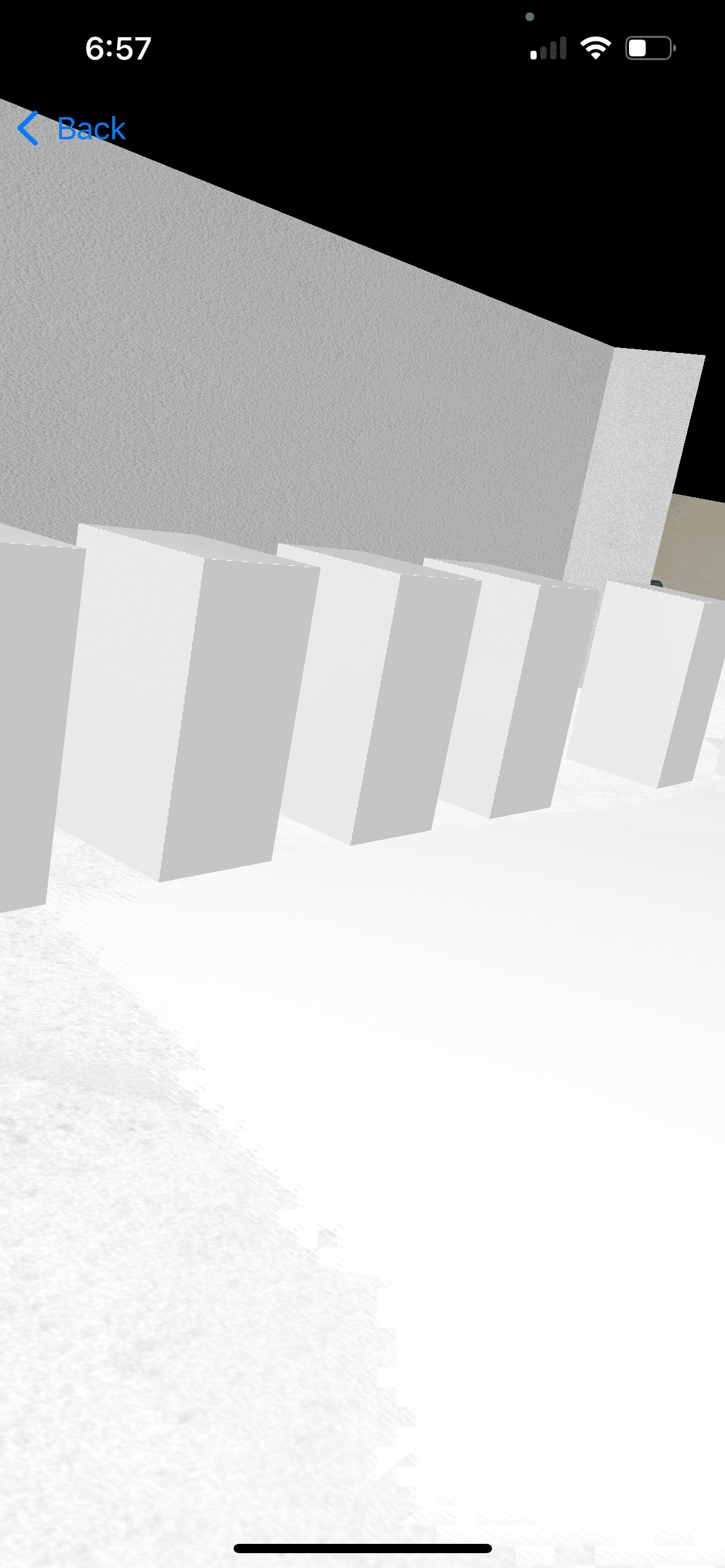
Remove table and chairs from 3D Model
Results:
-
Increased user satisfaction: Users reported feeling more confident in making decorating decisions thanks to the app’s realistic visualization capabilities.
-
Improved app engagement: The intuitive AR interface and interactive features led to longer user sessions and increased app usage.
-
Positive publicity: The app received positive reviews and media coverage, highlighting its innovative use of AR technology.
Key Takeaways:
-
AR can provide highly immersive and interactive experiences that address real user needs.
-
Intuitive user interfaces are crucial for ensuring widespread adoption of AR technology.
-
Successful AR apps can generate positive publicity and attract new users.
Case Study 2: Tic Tac Toe Multiplayer AR Game
Challenge: Traditional mobile games can become repetitive and lack a unique selling proposition. Creating a truly engaging multiplayer experience also presents technical challenges.
Solution: We developed “Tic Tac Toe”, a multiplayer AR game that overlays the game board onto the user’s physical environment. This innovative approach leverages AR technology to create a truly immersive and interactive gaming experience. Along with this, Multipeer connectivity with Reality Kit has been used and can be referred from Apple’s documentation.
Mapping the Game board to reality
In this special code exploration, we’ll be delving into the heart of our “Tic Tac Toe” multiplayer game, revealing the secret sauce behind its seamless gameplay and synchronized moves. Buckle up as we unveil the code snippets that map the game board to your reality, ensure smooth multiplayer interactions, and keep the fun flowing!
So this game needs two steps to get the successful results:
Multipeer connection:

Place the Game Board and X/O objects by evaluating the user taps:

AR in Use: Visualizing the Potential
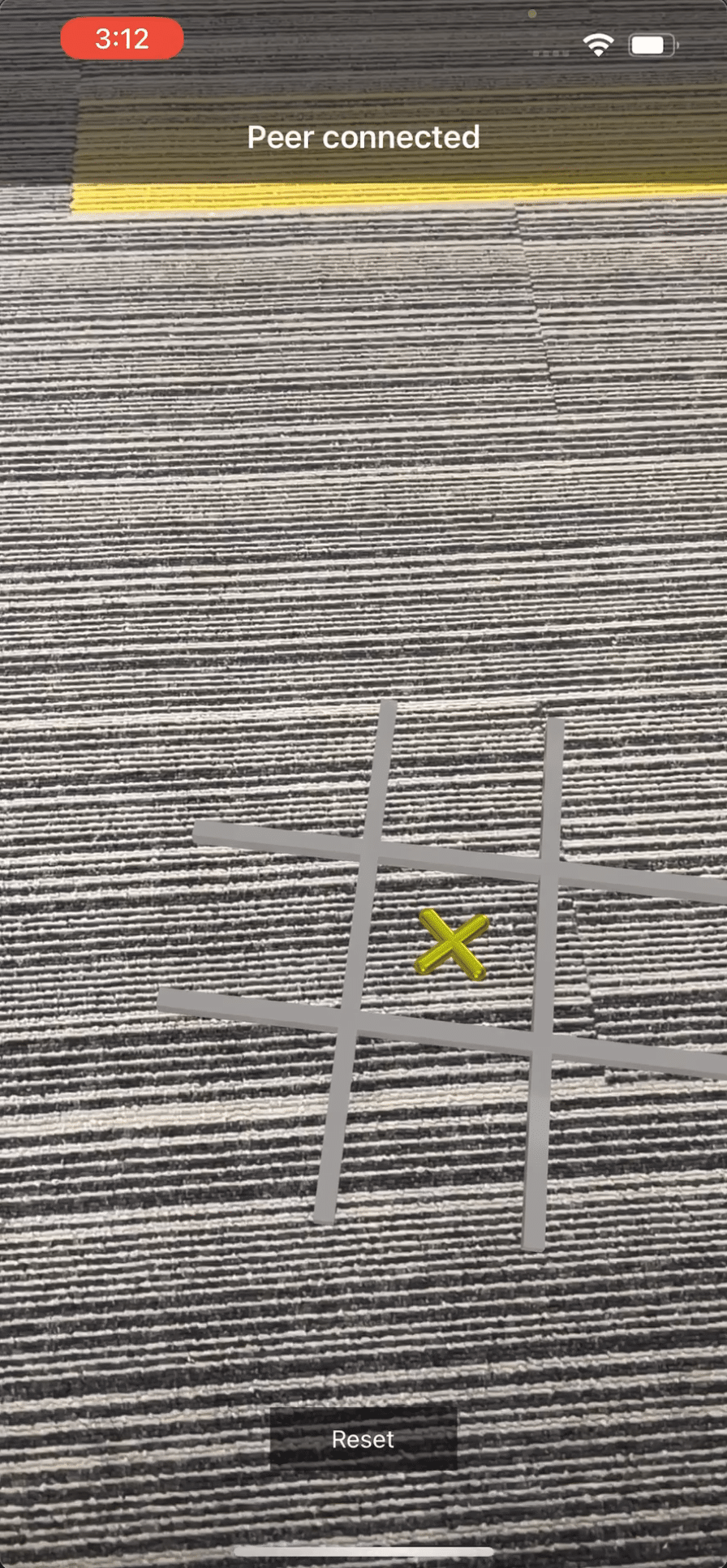
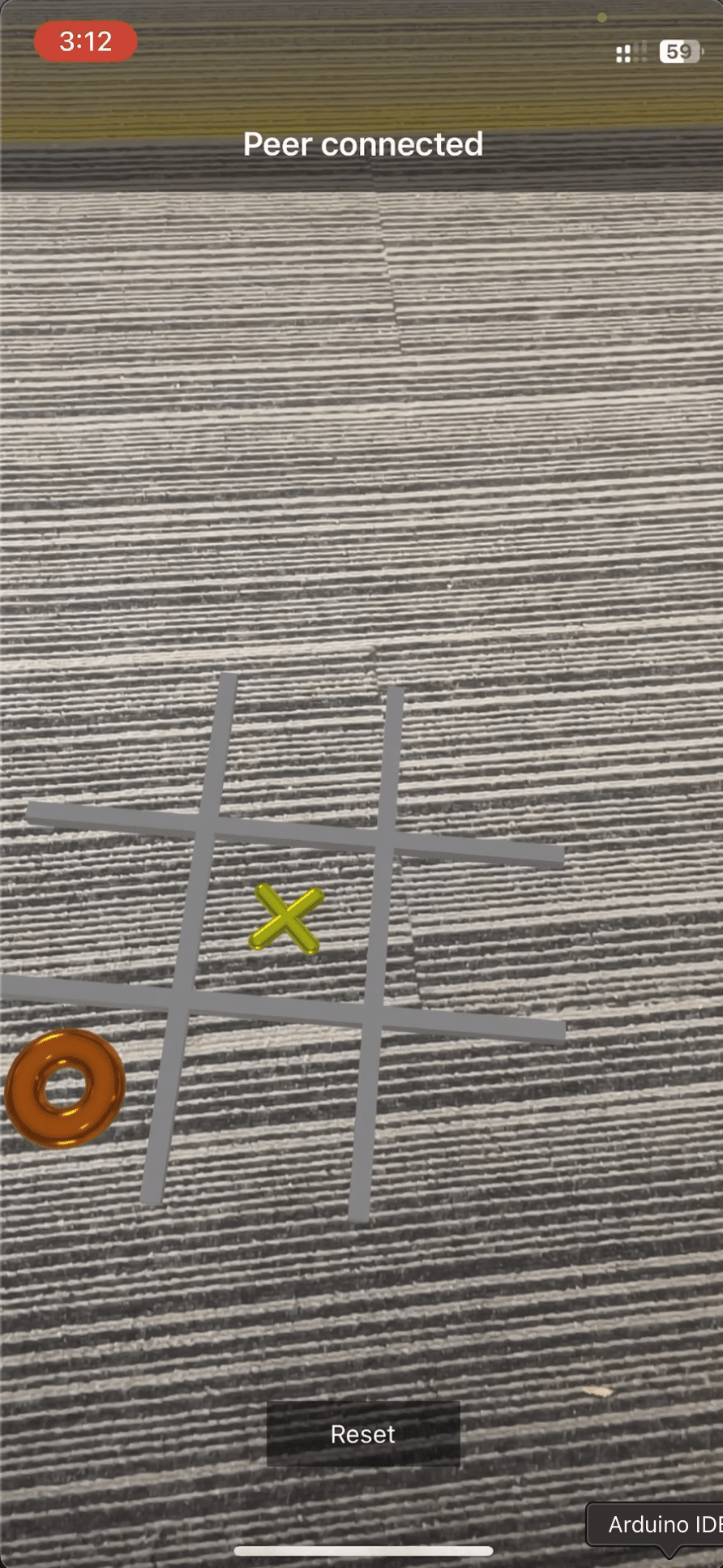
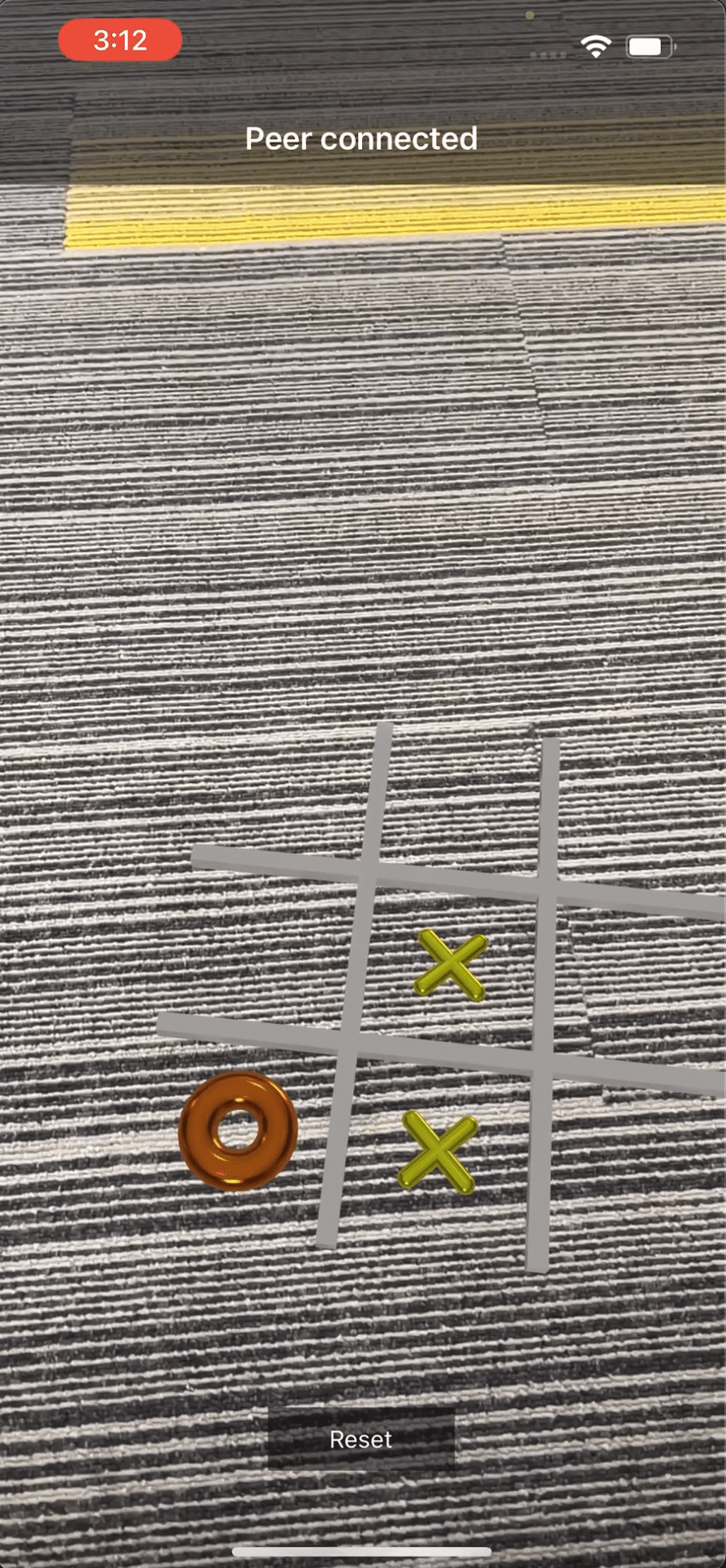
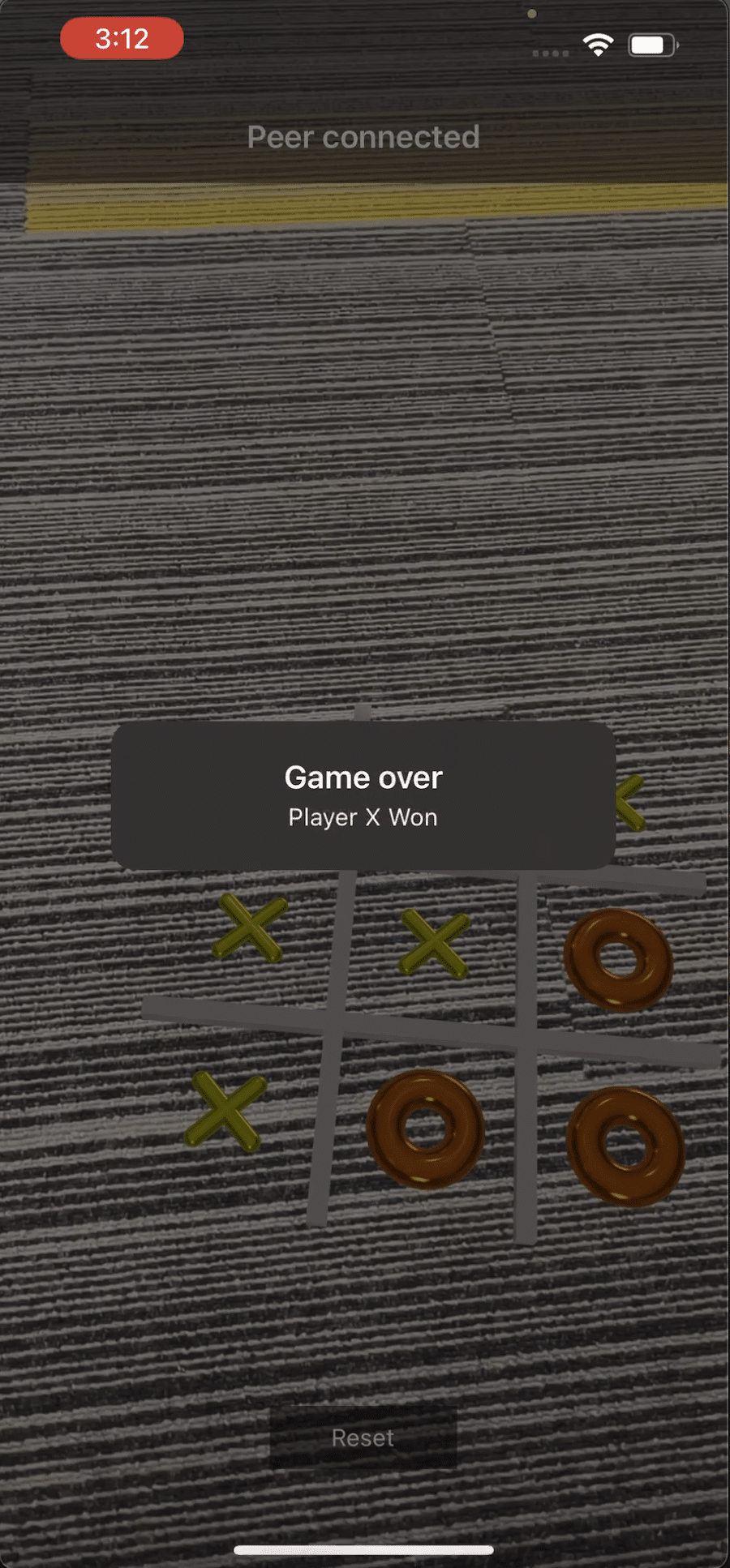
Results:
-
Increased user engagement: The AR gameplay mechanics led to significantly longer play sessions and higher user retention compared to traditional mobile games.
-
Positive social interaction: The multiplayer feature fostered friendly competition and social interaction among users.
-
Improved technical performance: We successfully addressed performance challenges like latency and object synchronization, ensuring a smooth gameplay experience.
Key Takeaways:
-
AR can be effectively integrated into game mechanics to create unique and engaging experiences.
-
Multiplayer AR games can foster social interaction and build a strong community around the app.
-
Overcoming
Conclusion:
-
Technological advancements are crucial for creating engaging and innovative AR experiences in mobile apps.
-
Prioritizing user experience is essential for successful AR app development.
-
AR has the potential to transform various industries and applications, offering real value to users.
-
Businesses can leverage AR to attract new users, retain existing ones, and gain a competitive edge.
Our experiences with AR development highlight its potential to create immersive, engaging experiences. While challenges remain, we’re optimistic about the future. AR holds untapped potential to transform learning, shopping, and more. We’re committed to contributing to this journey and shaping a future where AR seamlessly integrates into our lives. The future of AR is bright, and we’re ready to explore it.
Why Choose VT Netzwelt for Cutting-Edge AR App Development?
VT Netzwelt is a leader in AR app development, offering a blend of expertise, innovation, and client-focused solutions. With over 11 years of experience and a portfolio of over 500+ successful projects, our team excels in creating high-quality, cost-effective AR apps across various industries. We prioritize customer satisfaction through open communication and comprehensive services, from ideation to post-launch support. Our commitment to staying ahead of technological trends ensures we deliver cutting-edge AR experiences that meet and exceed client expectations.
